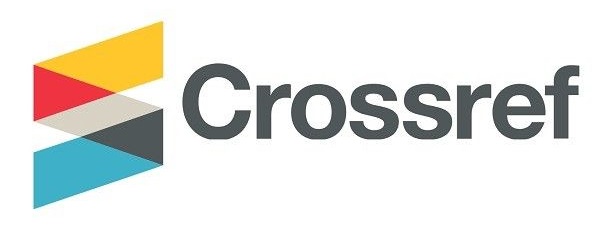Investigating the Flexural Performance of Basalt Fiber Reinforced Polymer (BFRP) Bars at Elevated Temperatures
DOI:
https://doi.org/10.37745/bjmas.2022.0192Abstract
The FRP-reinforced concrete constructions may be subjected to elevated temperatures, which may compromise the structural integrity of the bars and, finally, the whole structure. As a result, the thermal stability of the FRP bars needs to be properly examined before they can be completely used in the construction field. Flexural strength testing has been utilized as a standard approach for determining the uniaxial tensile strength of brittle materials since it is less costly and easier to perform than the direct tension test. While the findings achieved were not absolute tensile data, they can offer a prediction of the relative tensile strength of the FRP bars. The flexural behavior of basalt fiber-reinforced polymer (BFRP) bars with different nominal diameters (8.0 mm, 10.0 mm, 12.0 mm, and 14.0 mm) exposed to increased temperatures (up to 150 °C) was examined in this research. According to the findings, when the temperature rises, the stiffness and flexural strength of the BFRP bars reduce. As the temperature approached the glass transition temperature (Tg) of the bars, a significant decrease in stiffness and strength was noted. These outcomes were also seen in other studies' pure tension tests of FRP bars. At higher temperatures, bigger nominal diameter bars are superior to smaller nominal diameter bars in terms of flexural strength decaying resistance. Although a comparable flexural stiffness degradation was noted as temperature increased.
Downloads
Downloads
Published
Versions
- 15-05-2023 (2)
- 15-05-2023 (1)












